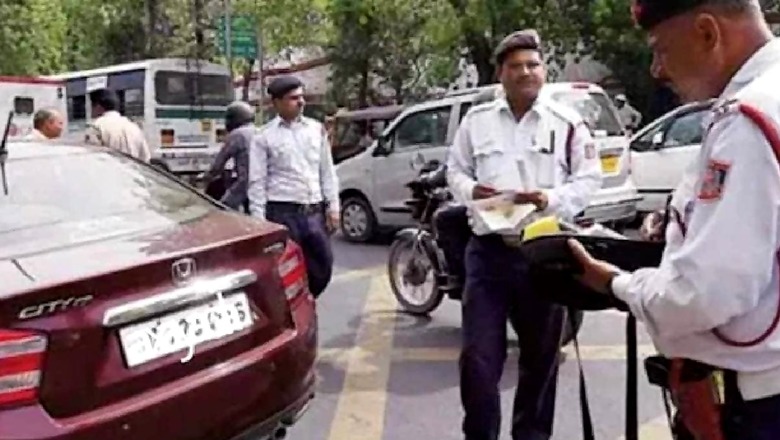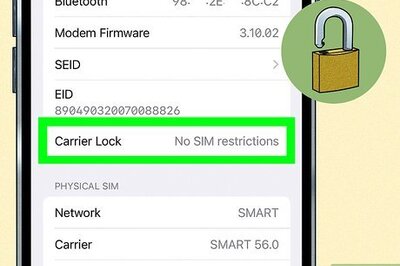
views
In an alarming surge of cybercrime, fraudsters are targeting naive citizens by using fake e-challans and cautiously replicated official websites.
Law enforcement organisations are taking proactive steps to inform the public on how to protect themselves from cyber predators as the threat from the internet grows more serious.
How to Distinguish the Real from the Fake E-Challan?
Distinguishing between a legitimate e-challan and a fraudulent one has never been more crucial. A bona fide e-challan contains comprehensive information regarding ownership, vehicle details, and the specific violation incurred. On the other hand, a fake e-challan typically features nothing more than a random challan number and a payment link.
What to Do When You Receive a Suspected Fake E-Challan?
- Parivahan Website Verification: To ascertain the authenticity of an e-challan, visit the official Parivahan website at https://echallan.parivahan.gov.in/. A genuine challan can be effortlessly downloaded from this source. If it cannot be accessed here, it is undoubtedly counterfeit. If the official website lacks any challan details, it is a clear indication of a fraudulent attempt.
- Check the Domain: Check the domain of the link provided in the dubious e-challan. If it does not culminate with gov.in, it is undoubtedly a sham. Authentic challans consistently display comprehensive vehicle and owner information, accompanied by a photograph of the vehicle and detailed violation specifics.
- Avoid Clicking Suspicious Links: Exercise extreme caution and refrain from clicking on any suspicious links, as they may compromise your sensitive banking and card details.
DSP Traffic Police, Panchkula, Surender Singh, issued a stern warning: “Avoid clicking on the link provided at the end of e-challan SMS. Call the police helpline to verify the challan. We do not share any links in messages.” He further expressed concern over the escalating cases of e-challan fraud.
Panchkula has already witnessed four individuals falling victim to this insidious scam, with investigations currently underway by the Cyber Crime wing.
Alarming Surge in Fake E-Challan Cases
The modus operandi employed by scammers typically involves sending text messages with seemingly legitimate challan numbers and payment links. These fraudulent messages often feature the exact vehicle registration number and are sent to the correct phone number, making them appear genuine.
In 2022, a staggering 7,313 residents of Chandigarh were swindled by online fraudsters. Until April of this year, Chandigarh alone has seen 2,196 cases of cyber fraud registered. These cases encompass various cybercrimes, including sextortion, fraudulent online transactions, and e-challan scams.




















Comments
0 comment